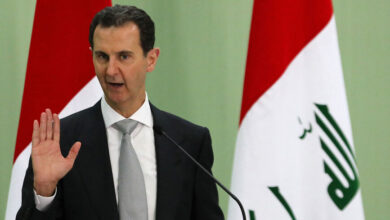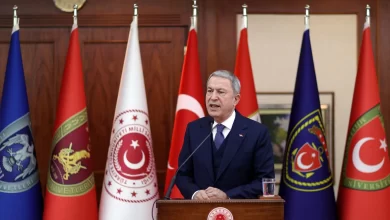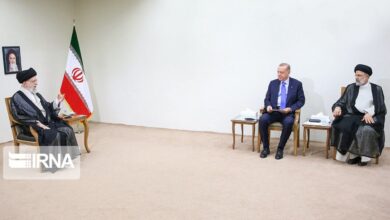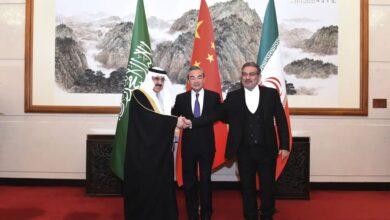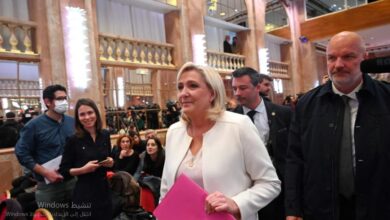Opinion: The Erdogan Lira Crisis
One currency crisis in a career is usually more than enough for any politician. Turkish President Recep Tayyip Erdogan isn’t content with only one currency crisis a year. Which is how the lira has come to be plunging headlong into its second disaster of 2021 as Mr. Erdogan sticks to policies that are hammering Turkey’s middle class.
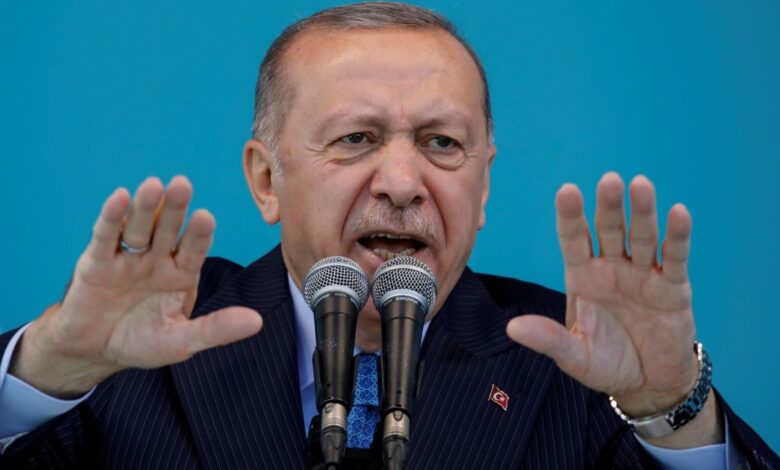
One currency crisis in a career is usually more than enough for any politician. Turkish President Recep Tayyip Erdogan isn’t content with only one currency crisis a year. Which is how the lira has come to be plunging headlong into its second disaster of 2021 as Mr. Erdogan sticks to policies that are hammering Turkey’s middle class.
The lira has lost more than a third of its value relative to the dollar this year, and all signs are that inflation is spiking again. Official measures of inflation have approached 20% year-on-year in recent months. Monetary expert Steve Hanke at Johns Hopkins University estimates the true rate is above 66%. Households are abandoning the lira and stockpiling dollars instead, while companies are finding it difficult to borrow abroad and instead must dip into their cash reserves.
It has taken some doing for Mr. Erdogan to hobble Turkey’s economy this way given the post-pandemic recovery that was gathering steam. The economy rebounded more than 21% year-on-year in the second quarter. Data due Tuesday are likely to show a strong third quarter as well, with tourism and household consumption leading the way. But that was before the new crisis.
The cause, as usual, has been Mr. Erdogan’s insistence that high interest rates cause inflation. He appears to draw inspiration from principles of Islamic finance, Mr. Hanke notes. Mr. Erdogan triggered the lira’s previous crisis, in March, when he fired Naci Agbal from the leadership of the central bank for raising the benchmark rate to 19% to tame double-digit inflation.
That event, in which Mr. Agbal was replaced by Erdogan loyalist Sahap Kavcioglu, triggered a depreciation of some 13% in the lira over two weeks even though a round of interest-rate reductions didn’t begin until September. The warning is that monetary stability is as much about institutional credibility as about policy. Mr. Erdogan’s politicization of the central bank has undermined both.
Turkey’s doubts about Mr. Kavcioglu have proven justified as he launched a new cycle of rate reductions in September. The latest cut, to 15% in early November, helped trigger the current crisis, and at least one more reduction in December may be on the way. Mr. Erdogan on Monday said he remains opposed to a rate increase, while another leader in his party suggested last week that Turks buy less food. Let them eat cake, but less of it.
The good news is that Turkey’s currency mess doesn’t seem to be spreading across borders. Emerging-market contagion has diminished in recent years as investors grow less inclined to punish all developing economies for the policy sins of a few. The unknown is how long Turkish banks and companies can weather the new storm and how much more damage the economy can or will withstand.
Turkey’s mess is nonetheless instructive for other emerging-market nations, and even for the still developing nation that is the United States. Monetary-policy independence and credibility, once lost, are hard to regain.
Source: The Wall Street Journal

